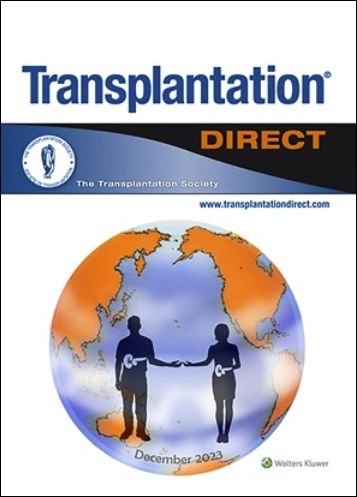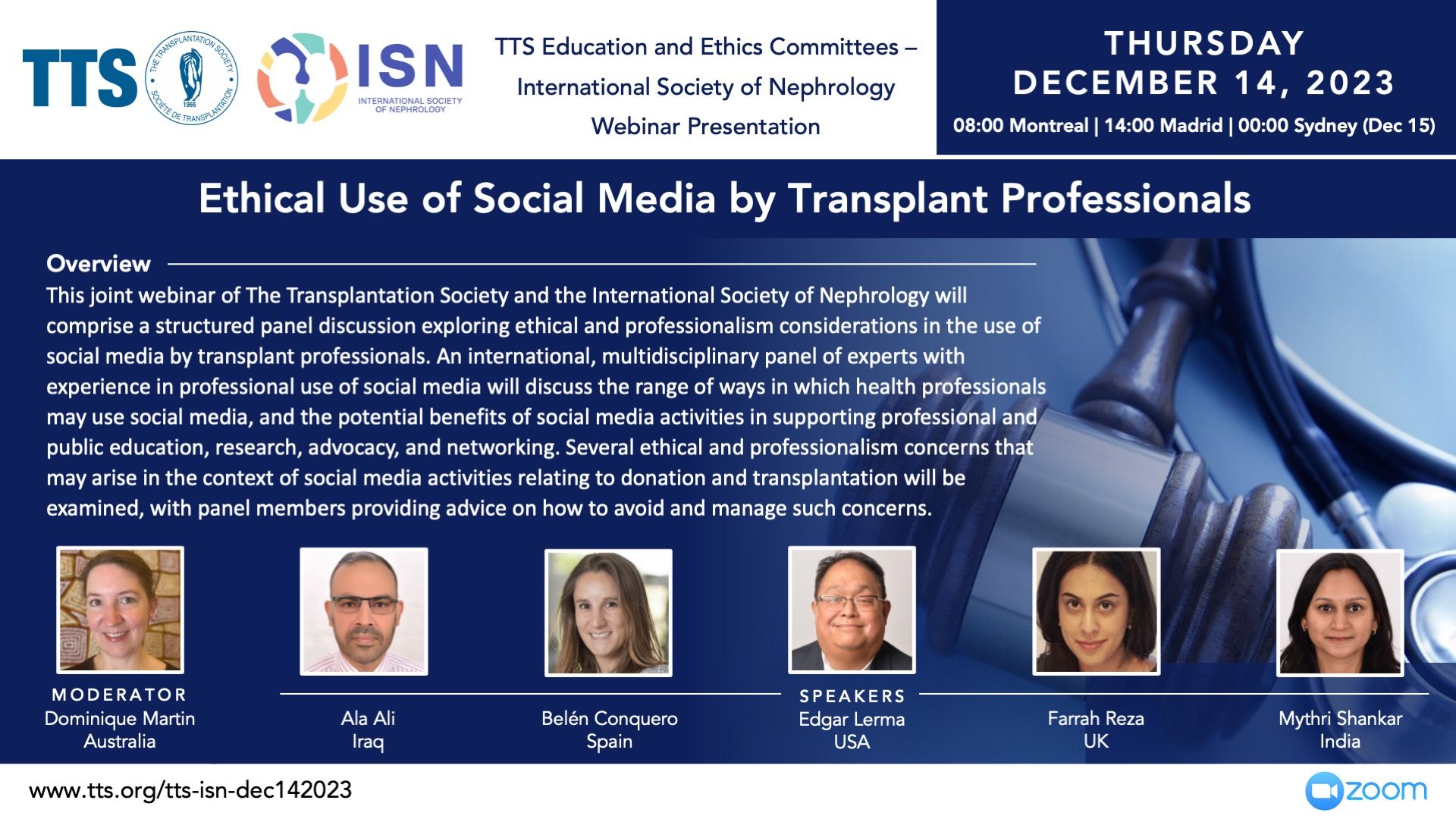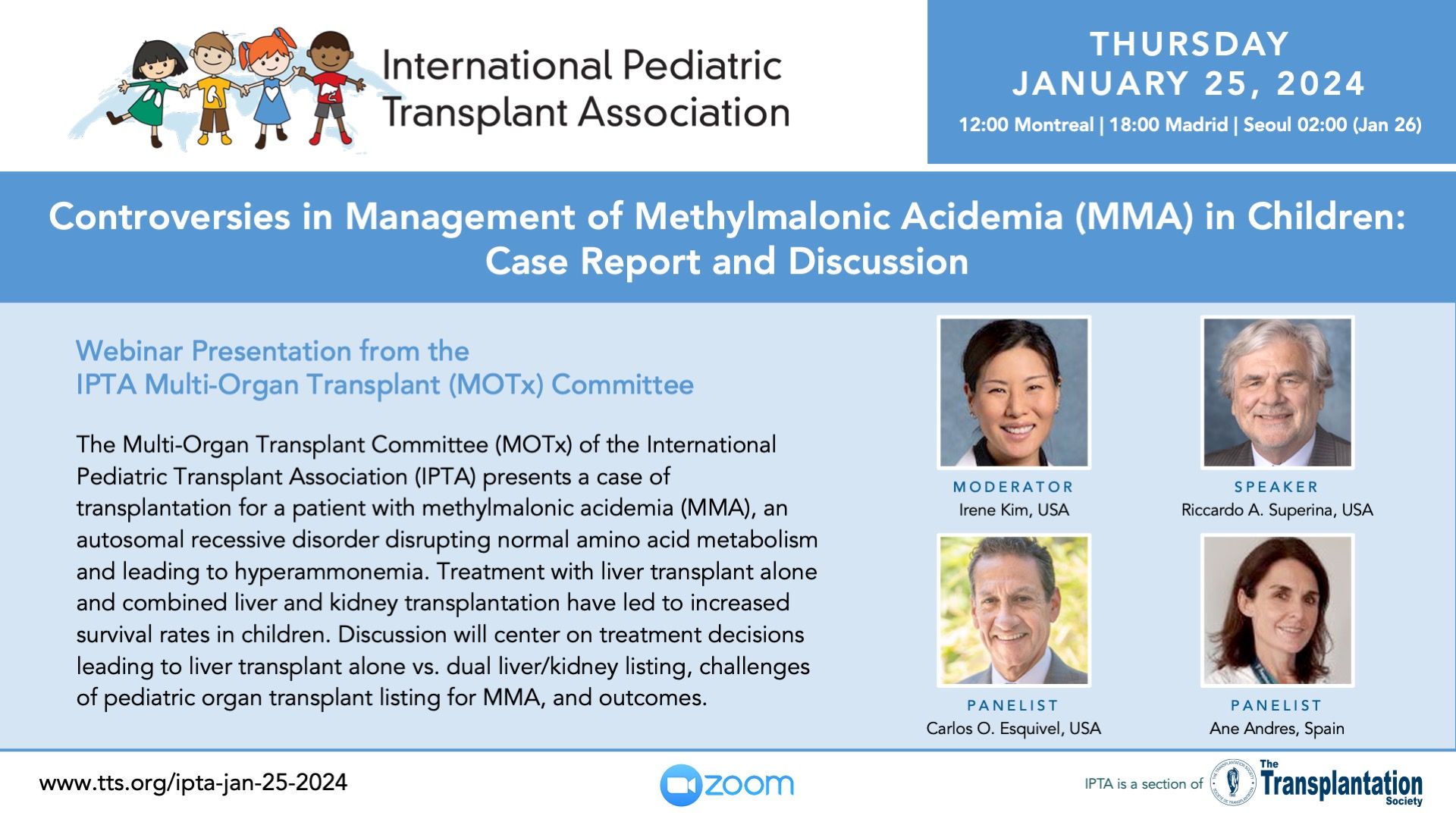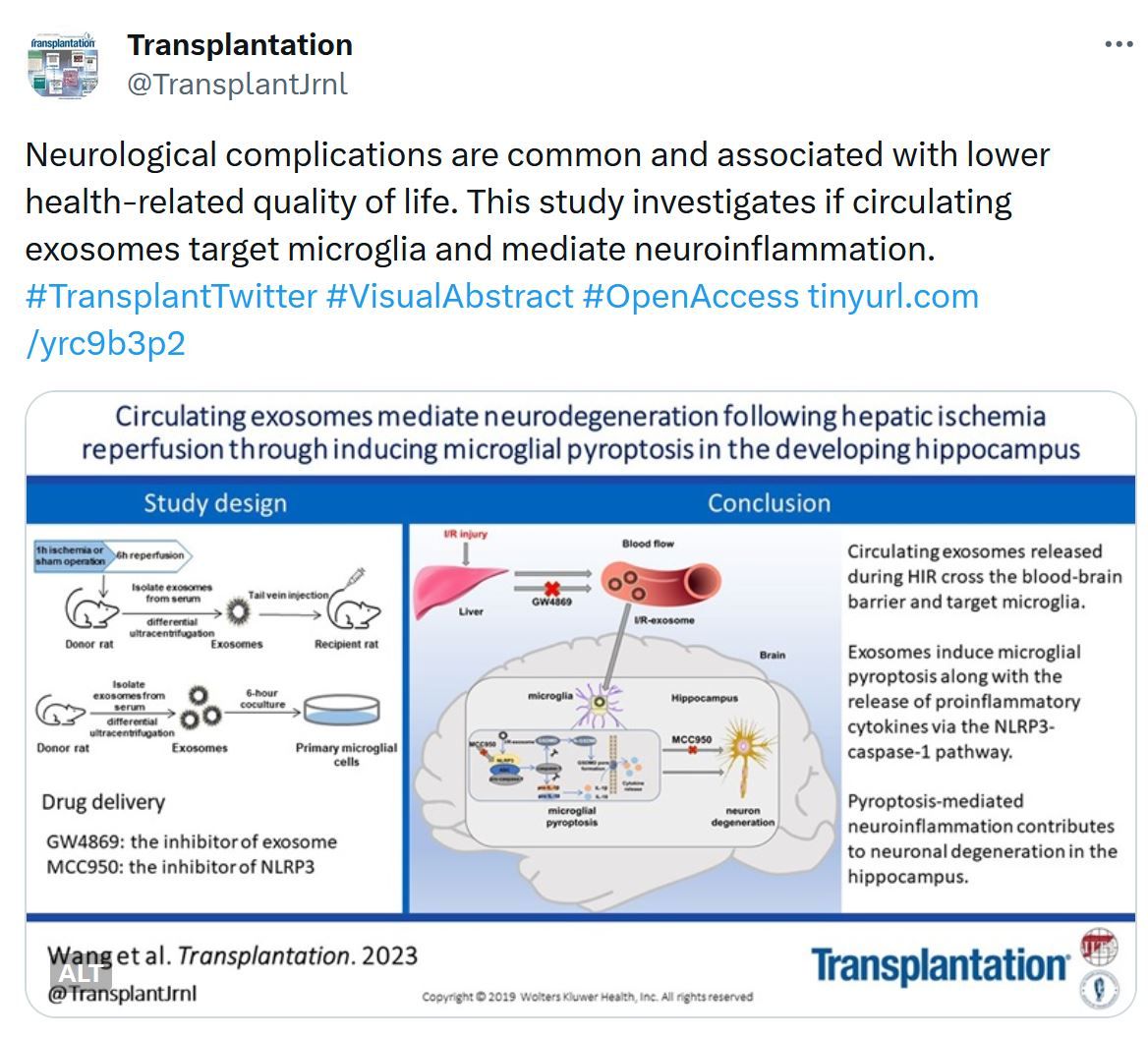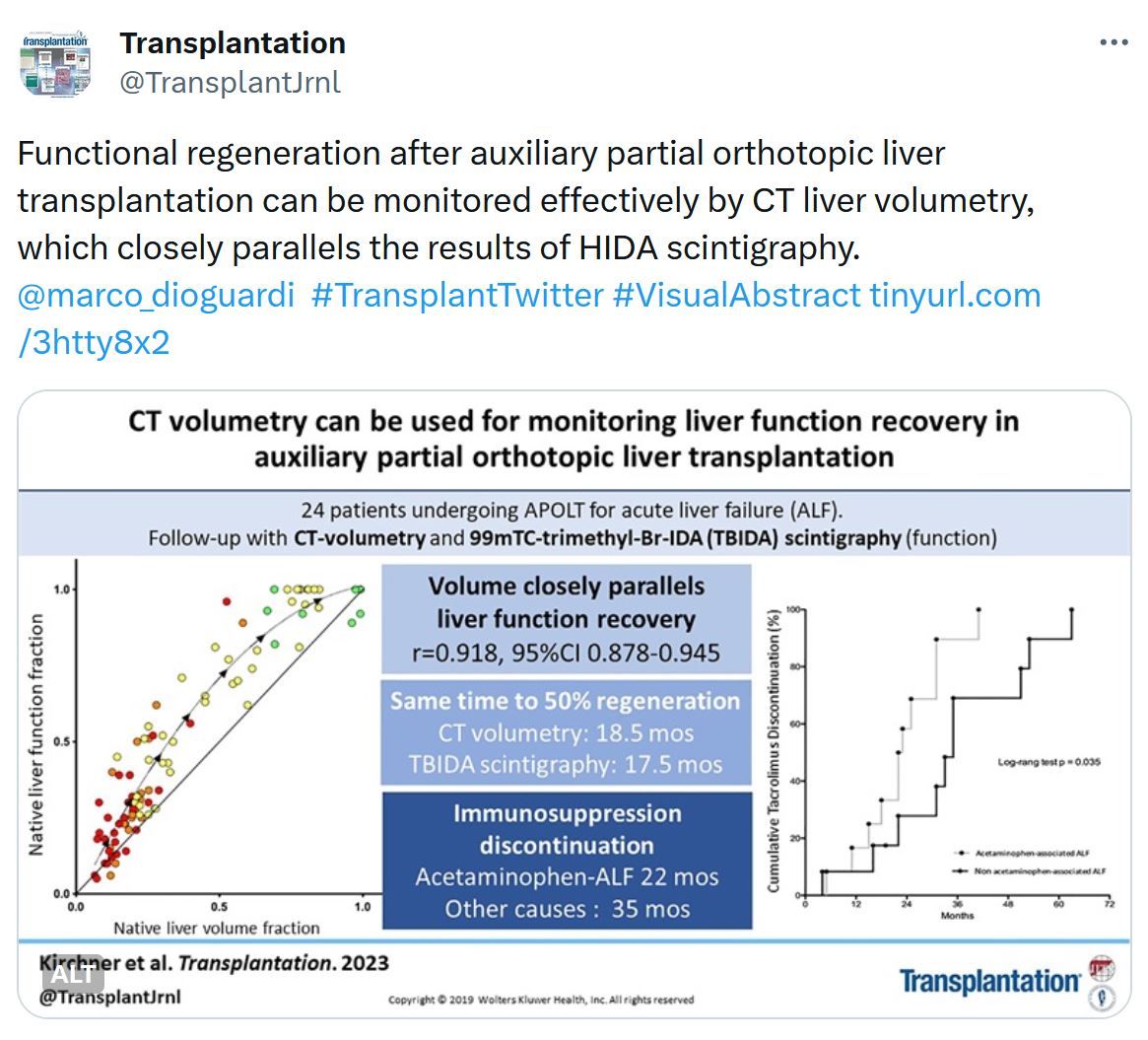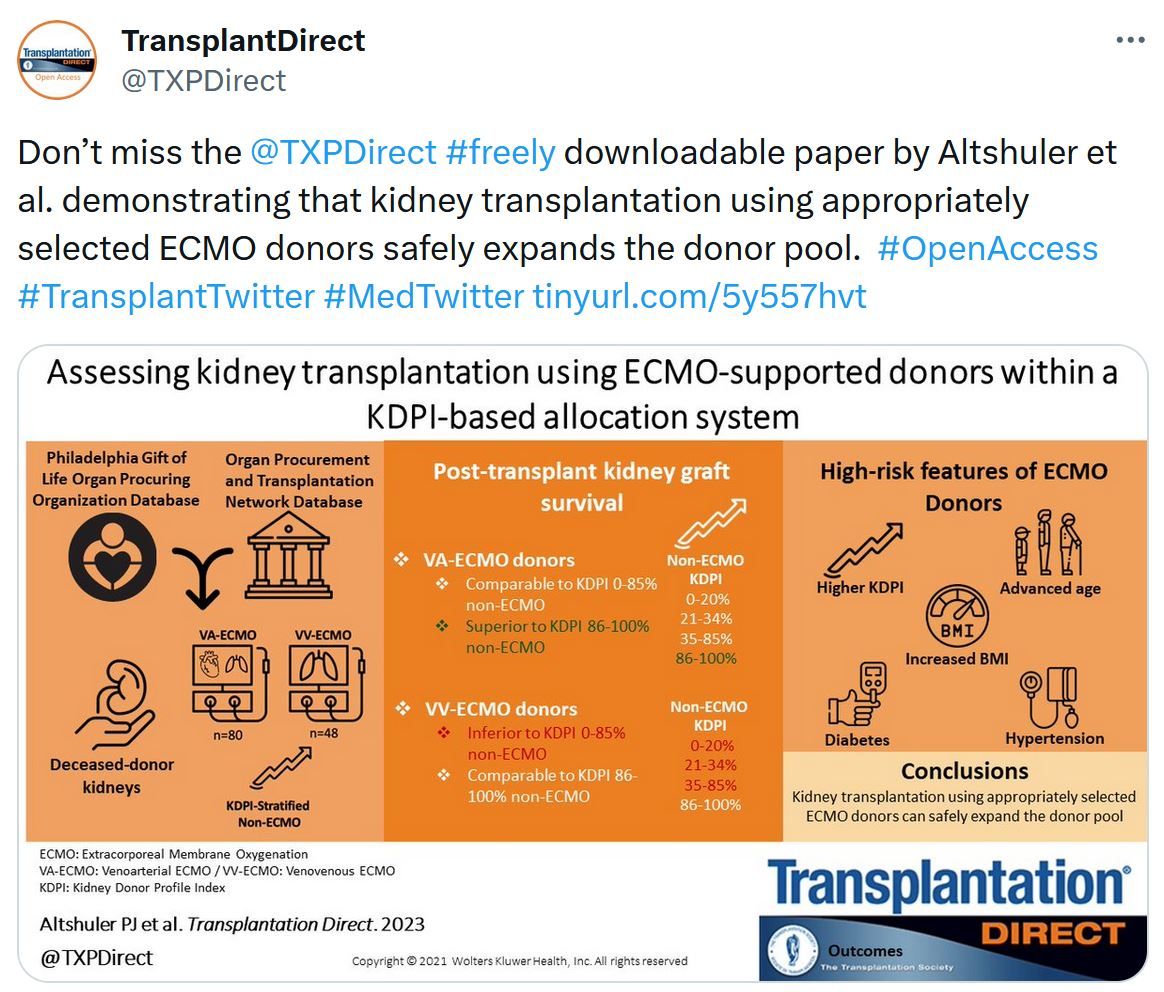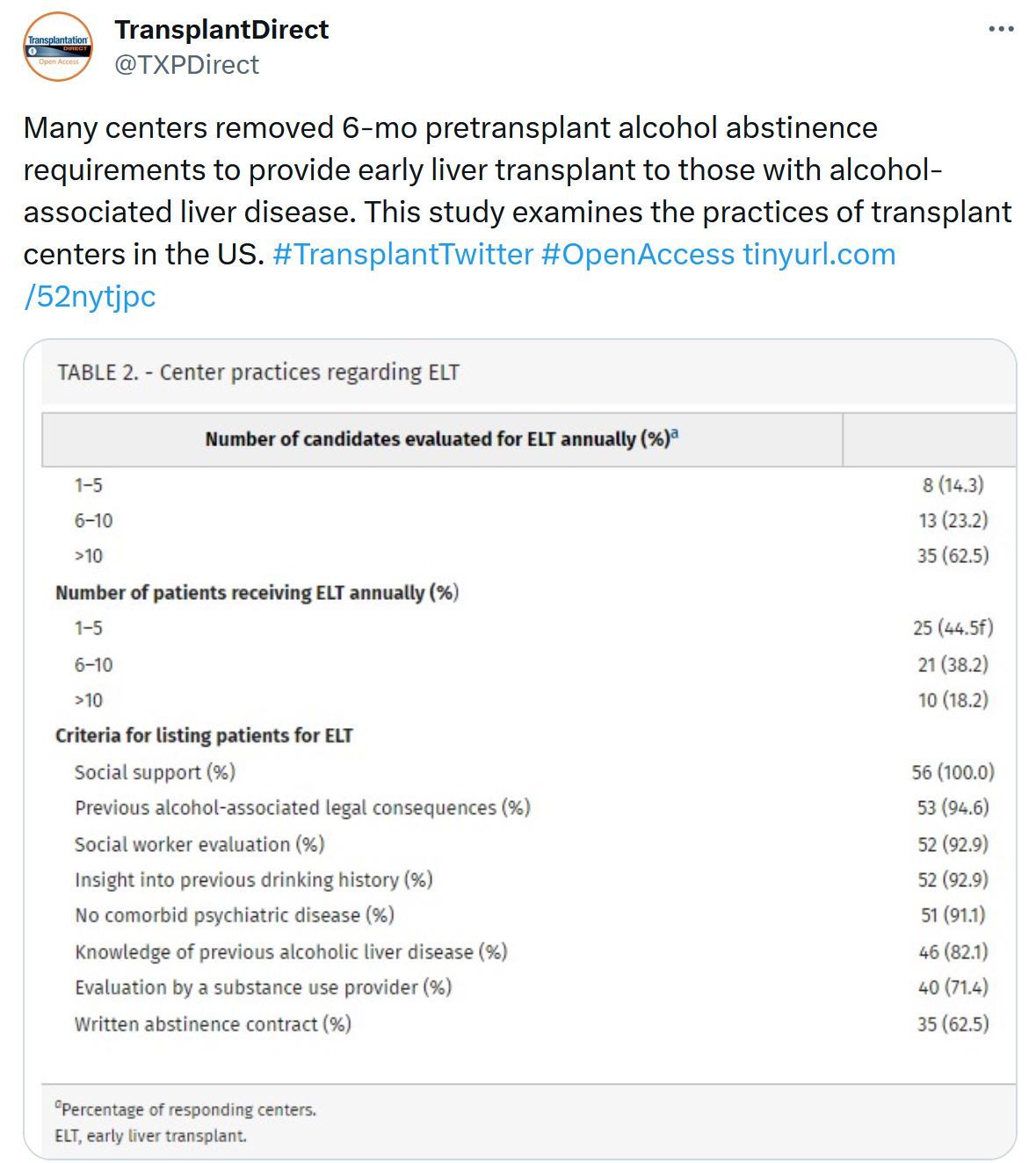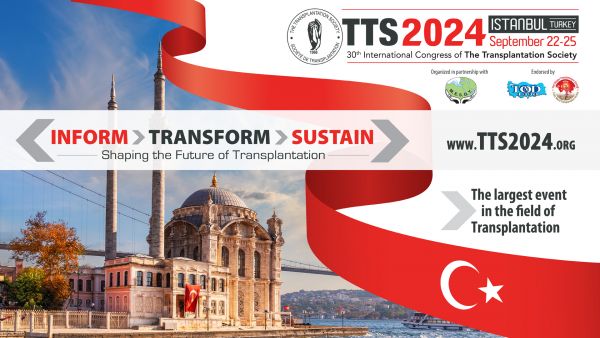
TTS 2024 - Abstract Submission is Now Open!
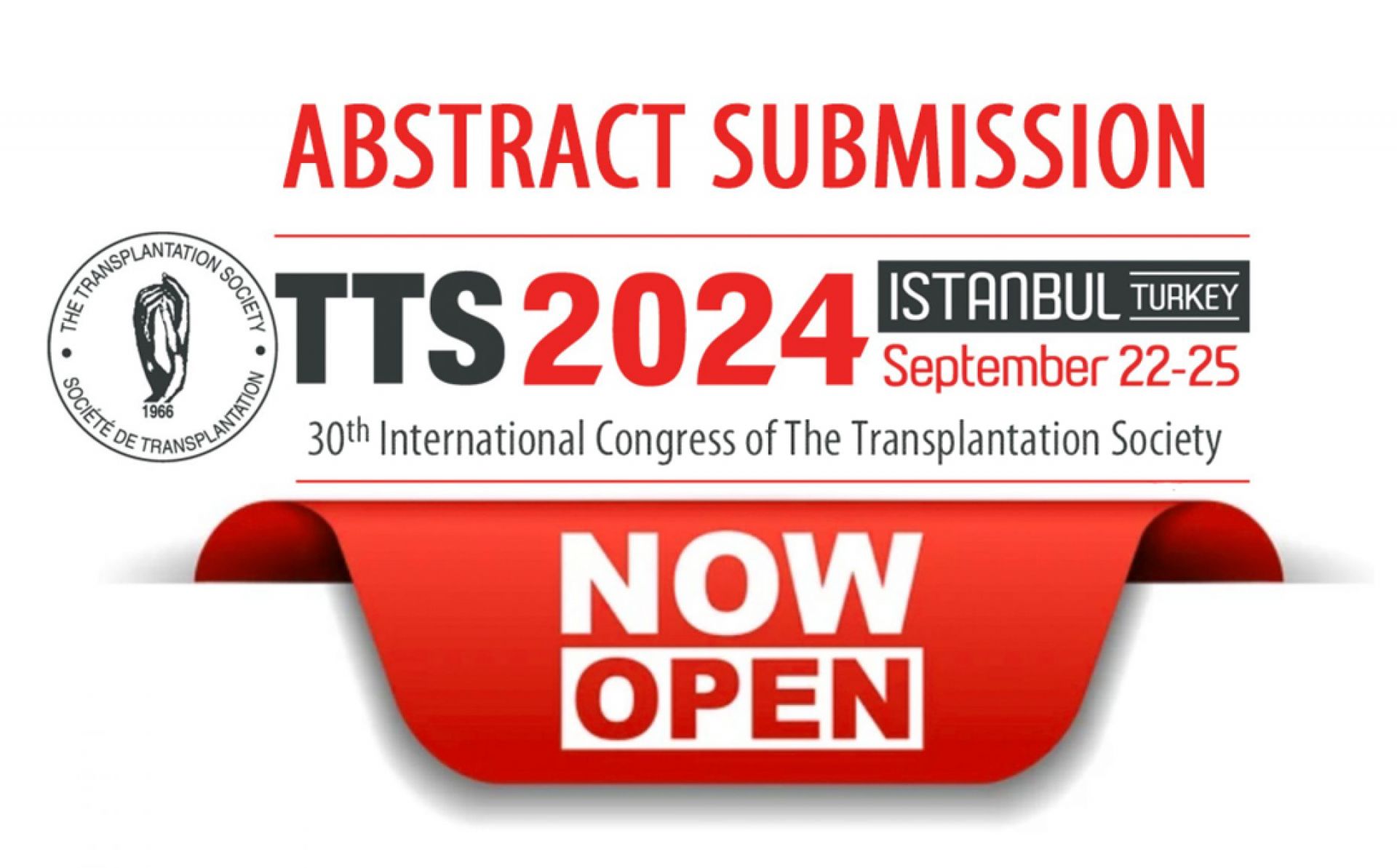
Submitting an abstract to the TTS 2024 Congress offers a platform to showcase groundbreaking research, connect with global experts, and contribute to advancements in transplantation medicine, fostering collaboration and influencing the field's future direction. Submission deadline: March 18, 2024.
Awards that require abstract submission
Over 50 awards will be made available for the Congress!
Just Released - Transplantation Direct - December Issue
The December issue of Transplantation Direct is out and ready for viewing. This issue contains reports in kidney transplantation on outcomes in older recipients that experienced COVID-19, and on a risk scoring system for predicting post-transplant diabetes. In liver transplantation, an experience and lessons-learned is presented on establishing a hypothermic oxygenated perfusion program in a real-life setting of the South American country, Brazil. For those interested in heart transplantation, we have articles on a new model to predict post-transplant infections, and on factors associated with sinoatrial reinnervation after transplantation. Organ donation issues also are brought into focus, where outcomes following “therapeutic kidney donation" are evaluated, and the impact of ICU staff attitudes on donation are assessed. As the year comes to a close, we welcome you to visit the Transplantation Direct website for open access to all the details of these studies.
Table of Contents
Kidney Transplantation
- Evolving Trends in Kidney Transplant Outcomes Among Older Adults: A Comparative Analysis Before and During the COVID-19 Pandemic
- Development and Validation of a New Score to Assess the Risk of Posttransplantation Diabetes Mellitus in Kidney Transplant Recipients
- Therapeutic Donor Kidney Transplant Outcomes: Comparing Early US Experiences Using Optimal Matching
Liver Transplantation
Heart Transplantation
Organ Donation and Procurement
Infectious Disease
Upcoming Webinar Presentations
TTS Call for Nominations

We are now accepting nominations for three (3) Officer positions and nine (9) Councilors-at-large positions representing the Regions.
TTS Seeking a New Editor-in-Chief for Transplantation and Transplantation Direct
Contact
Address
The Transplantation Society
International Headquarters
740 Notre-Dame Ouest
Suite 1245
Montréal, QC, H3C 3X6
Canada
Используйте Вавада казино для игры с бонусом — активируйте промокод и начните выигрывать уже сегодня!

